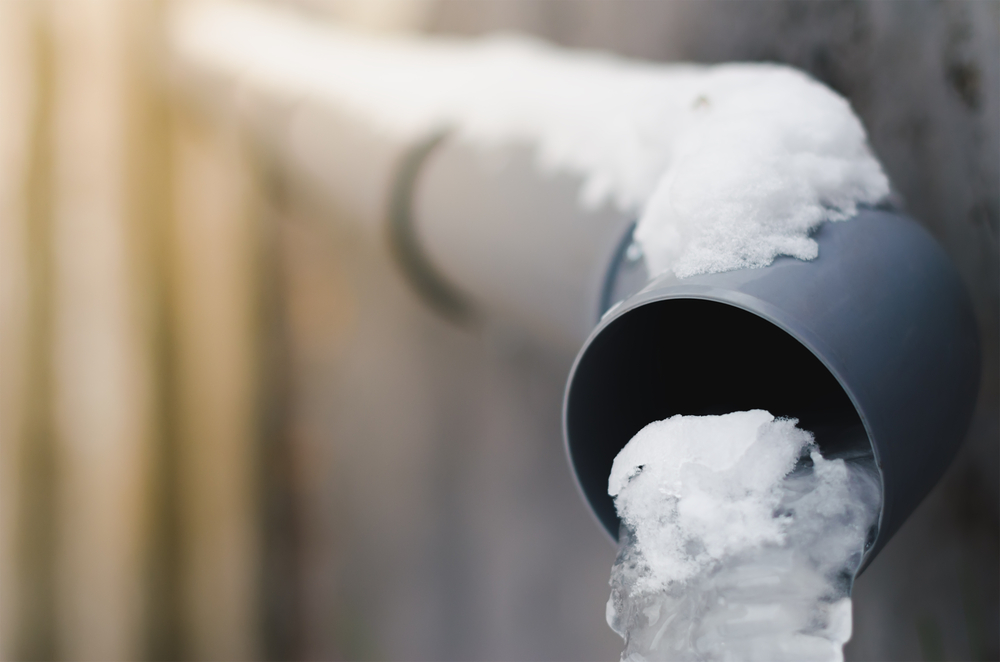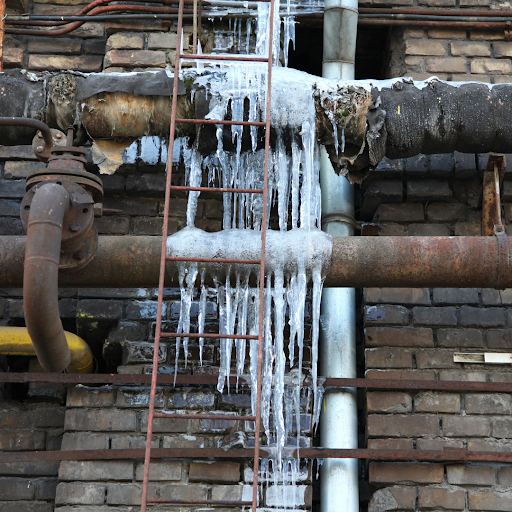Shielding Your Pipes from Freezing Issues: Key Approaches
Shielding Your Pipes from Freezing Issues: Key Approaches
Blog Article
We have unearthed the article relating to How to Prevent Your Pipes From Freezing listed below on the net and think it made sense to share it with you over here.

Cold weather can wreak havoc on your pipes, particularly by freezing pipes. Here's exactly how to avoid it from happening and what to do if it does.
Introduction
As temperatures decrease, the threat of frozen pipelines boosts, possibly leading to expensive repair work and water damages. Recognizing just how to avoid icy pipes is critical for homeowners in cool environments.
Comprehending Icy Pipes
What triggers pipes to freeze?
Pipelines ice up when revealed to temperature levels below 32 ° F (0 ° C) for prolonged durations. As water inside the pipes ices up, it increases, taxing the pipeline walls and possibly triggering them to break.
Risks and damages
Frozen pipes can lead to water supply interruptions, residential or commercial property damages, and costly fixings. Ruptured pipelines can flood homes and trigger substantial architectural damage.
Indications of Frozen Water Lines
Recognizing icy pipes early can avoid them from rupturing.
Just how to recognize frozen pipes
Search for decreased water circulation from faucets, unusual odors or sounds from pipelines, and visible frost on revealed pipelines.
Avoidance Tips
Protecting vulnerable pipelines
Wrap pipes in insulation sleeves or utilize heat tape to safeguard them from freezing temperatures. Focus on pipes in unheated or exterior locations of the home.
Heating techniques
Maintain indoor spaces sufficiently warmed, especially areas with plumbing. Open up cabinet doors to enable cozy air to circulate around pipelines under sinks.
Securing Outdoor Plumbing
Garden pipes and outside taps
Detach and drain pipes garden tubes prior to winter. Set up frost-proof spigots or cover outdoor faucets with protected caps.
What to Do If Your Pipes Freeze
Immediate actions to take
If you presume icy pipes, maintain taps open up to relieve pressure as the ice melts. Use a hairdryer or towels soaked in hot water to thaw pipelines slowly.
Long-Term Solutions
Structural adjustments
Think about rerouting pipes away from exterior wall surfaces or unheated locations. Add extra insulation to attic rooms, basements, and crawl spaces.
Updating insulation
Invest in high-quality insulation for pipes, attic rooms, and walls. Appropriate insulation aids keep constant temperatures and lowers the risk of icy pipes.
Verdict
Stopping frozen pipes requires positive procedures and quick feedbacks. By comprehending the causes, indicators, and safety nets, homeowners can protect their plumbing throughout winter.
5 Ways to Prevent Frozen Pipes
Drain Outdoor Faucets and Disconnect Hoses
First, close the shut-off valve that controls the flow of water in the pipe to your outdoor faucet. Then, head outside to disconnect and drain your hose and open the outdoor faucet to allow the water to completely drain out of the line. Turn off the faucet when done. Finally, head back to the shut-off valve and drain the remaining water inside the pipe into a bucket or container. Additionally, if you have a home irrigation system, you should consider hiring an expert to clear the system of water each year.
Insulate Pipes
One of the best and most cost-effective methods for preventing frozen water pipes is to wrap your pipes with insulation. This is especially important for areas in your home that aren’t exposed to heat, such as an attic. We suggest using foam sleeves, which can typically be found at your local hardware store.
Keep Heat Running at 65
Your pipes are located inside your walls, and the temperature there is much colder than the rest of the house. To prevent your pipes from freezing, The Insurance Information Institute suggests that you keep your home heated to at least 65 degrees, even when traveling. You may want to invest in smart devices that can keep an eye on the temperature in your home while you’re away.
Leave Water Dripping
Moving water — even a small trickle — can prevent ice from forming inside your pipes. When freezing temps are imminent, start a drip of water from all faucets that serve exposed pipes. Leaving a few faucets running will also help relieve pressure inside the pipes and help prevent a rupture if the water inside freezes.
Open Cupboard Doors
Warm your kitchen and bathroom pipes by opening cupboards and vanities. You should also leave your interior doors ajar to help warm air circulate evenly throughout your home.

I stumbled upon that page about How to prepare your home plumbing for winter weather while surfing the internet. If you enjoyed our blog posting kindly don't forget to pass it around. Thanks a lot for going through it.
Click Here Report this page